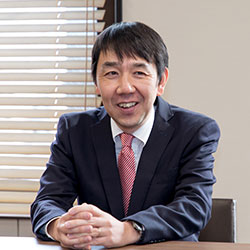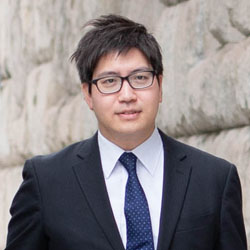

Underwriting
Knowing my role in the Kobe Branch and
the unique responsibility for the region
Message01

Message01
Utilising the experience of both departments in the Tokyo Principal Office and Kobe Branch
I was in the Claims Department at Tokyo Principal Office for six years after joining the Association. Three years passed and then I was assigned to a specialised Crew Team in charge of crew illness and injury claims. This was followed by a transfer to the Kobe Branch and the Underwriting Team. 2019 is my fourth year in the Underwriting Team.
Currently, I am in charge of Members from the Tokai region to the Chugoku region in Japan. I visit these Members regularly for business discussions, travelling to them by train and rented cars. I am asked to discuss liability issues arising out of accidents involving working vessels, and to give lectures at study sessions with the theme based on local characteristics.
Under these circumstances, I also respond to inquiries related to claims previously handled in the Principal Office. Based on my experience in dealing with crew claims, I have the opportunity to answer general questions about crew accidents.
In addition to dealing with insurance policies, I would like to broaden my knowledge so that I can be even more relied upon by Members. I wish to be able to draw on my experience and advise Members on a variety of questions.
Message02
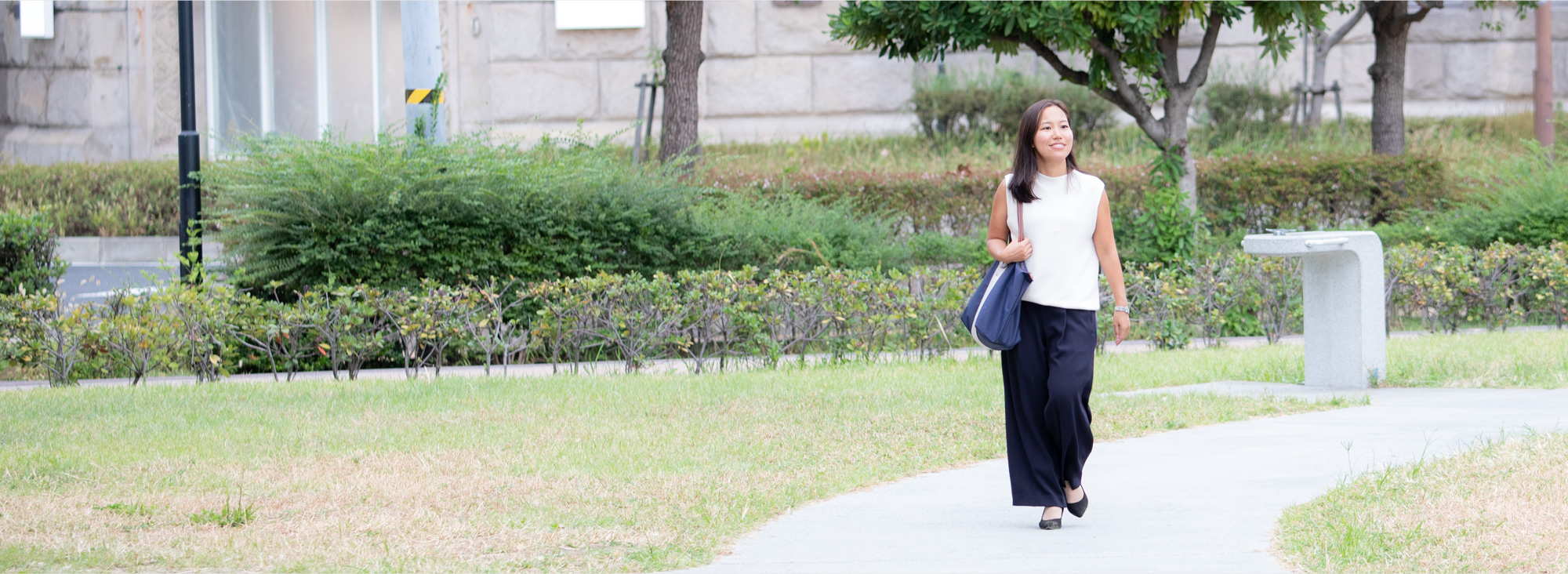
The Seto Inland Sea has historically flourished in marine engineering
Due to the regional characteristics of the Seto Inland Sea, many ship owners of working vessels (Habour Tugs, Barges, Sand/Gravel Carriers, etc.) are present there. Since accidents involving these vessels have become more complex, I am asked to give lecturers at seminars for consultations and study sessions. It is necessary here to provide detailed explanations of insurance coverage in an easy-to-understand manner.
P&I Insurance covers the liabilities, costs and expenses ship owners and operators incur to third parties. A good example of the complexity of the liabilities which a working ship can incur is where a tug is towing a barge and the tug collides with another object. Vessels are covered by P&I insurance and Hull and Machinery insurance. If the tug touches or collides with other objects, the tug owner’s liability for damage to the other objects is covered by P&I insurance. Damage to the tug itself is handled by its Hull and Machinery insurer. In the towing line, the tug is not in contact with other objects, but what happens if the barge comes into contact with other objects differs depending on the conditions of the towing contract.
In the case of knock for knock basis contracts, liability for damage to other objects will be covered by the P&I insurance of the barge, and the damage to the barge will be covered by the barge’s Hull and Machinery insurance. If the tug owner has not signed a towing contract, the owner will likely be judged liable and will be covered by the P&I insurance of the tug, not by the that of the barge.
As I have just mentioned, it is difficult to explain the case and the situation using only words. Therefore, in order to ensure accuracy, we strive to ensure that Members can understand the situation, for example by providing and explaining a simple diagram.
Message03
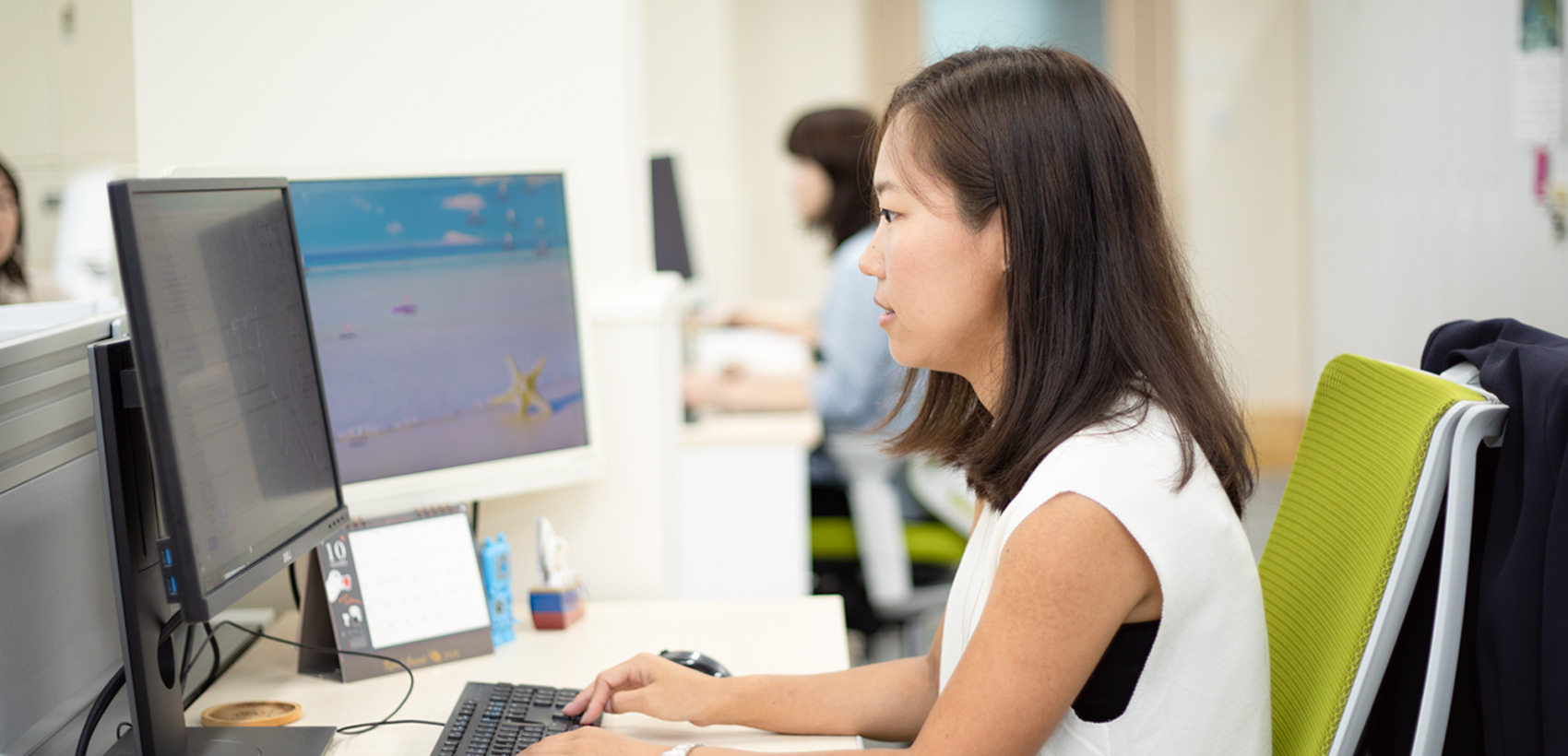
As a bridge between Members and the Association
I feel that I should be able to create an atmosphere where we can consult with each other. In addition to responding to inquiries regarding the conditions of contracts and insurance covers, my colleagues and I also act like a bridge between the Members and the Claims Department in responding to accidents. I recognise that being part of this bridge is one of my strengths, and I enjoy this responsibility.
The workplace is well-balanced with both experienced senior and more junior staff. We strive to do our work by helping each other, smoothing any boundaries between the Underwriting Team and the Claims Team.
Message04
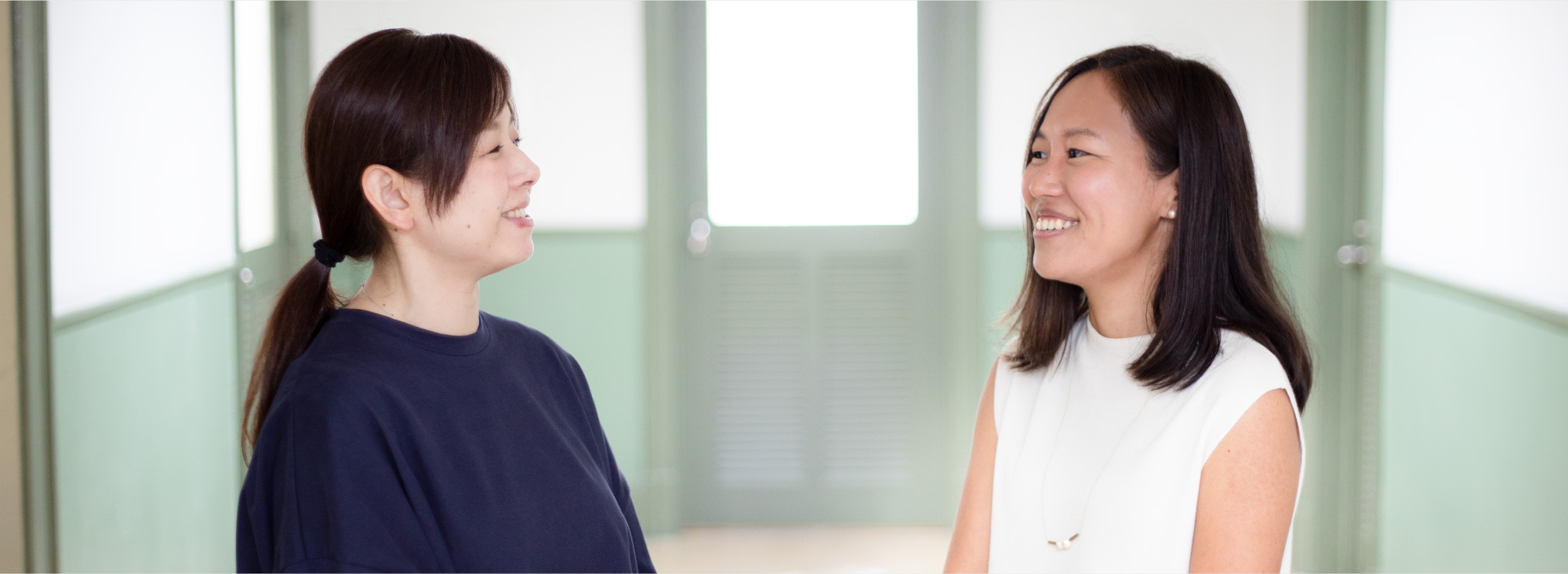
I want to continue to provide the best support to the Members through close ties with local communities.
The P&I Insurance business is specialised and requires a wide range of knowledge. It is important to recognise differing characteristics between countries and regions, and it is necessary to constantly study and gain a large amount of on-site experience. When I transferred to Kobe Branch, I felt nervous about my role, as this was an unknown region to me. However, when I actually started working in Kobe, many Members were close to me and made me feel at home. When I visit the Members, I always feel warmly welcomed by them.
The Kobe Branch Office is near the harbour, and in the morning, afternoon, and evening we can hear the ships whistles, or we may see a vessel of a Member outside the window. In addition, thanks to invitations from Members, we have gained valuable experience by participating in the Kobe Port Cutter Race, which is held in front of MERIKEN Park, right next to the Kobe Branch office.
Based in Kobe, a town with a long history as a port and centre of maritime affairs, we will continue to provide the best support to our Members able to be part of the local community as a proud member of the Maritime Cluster.




